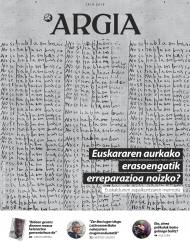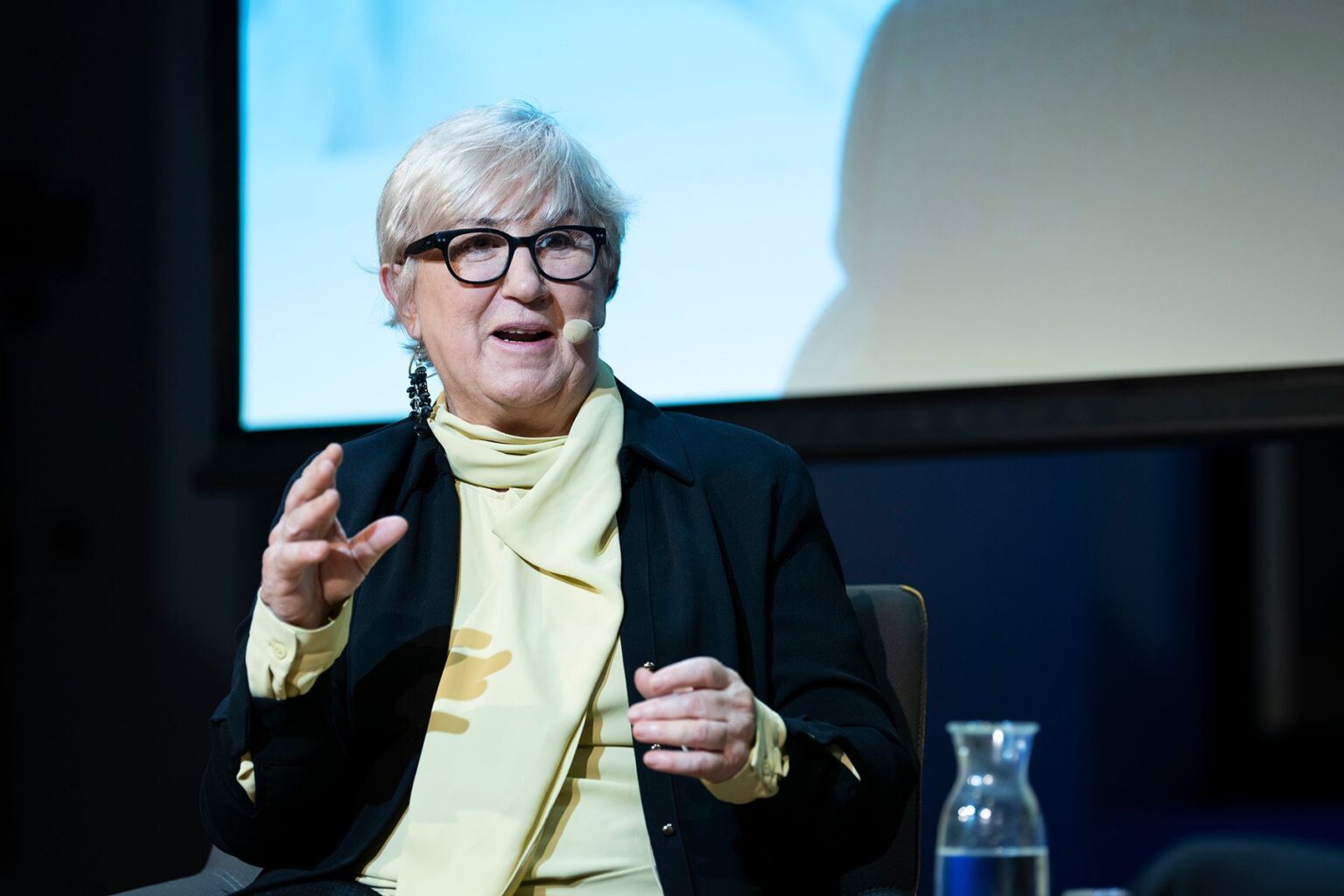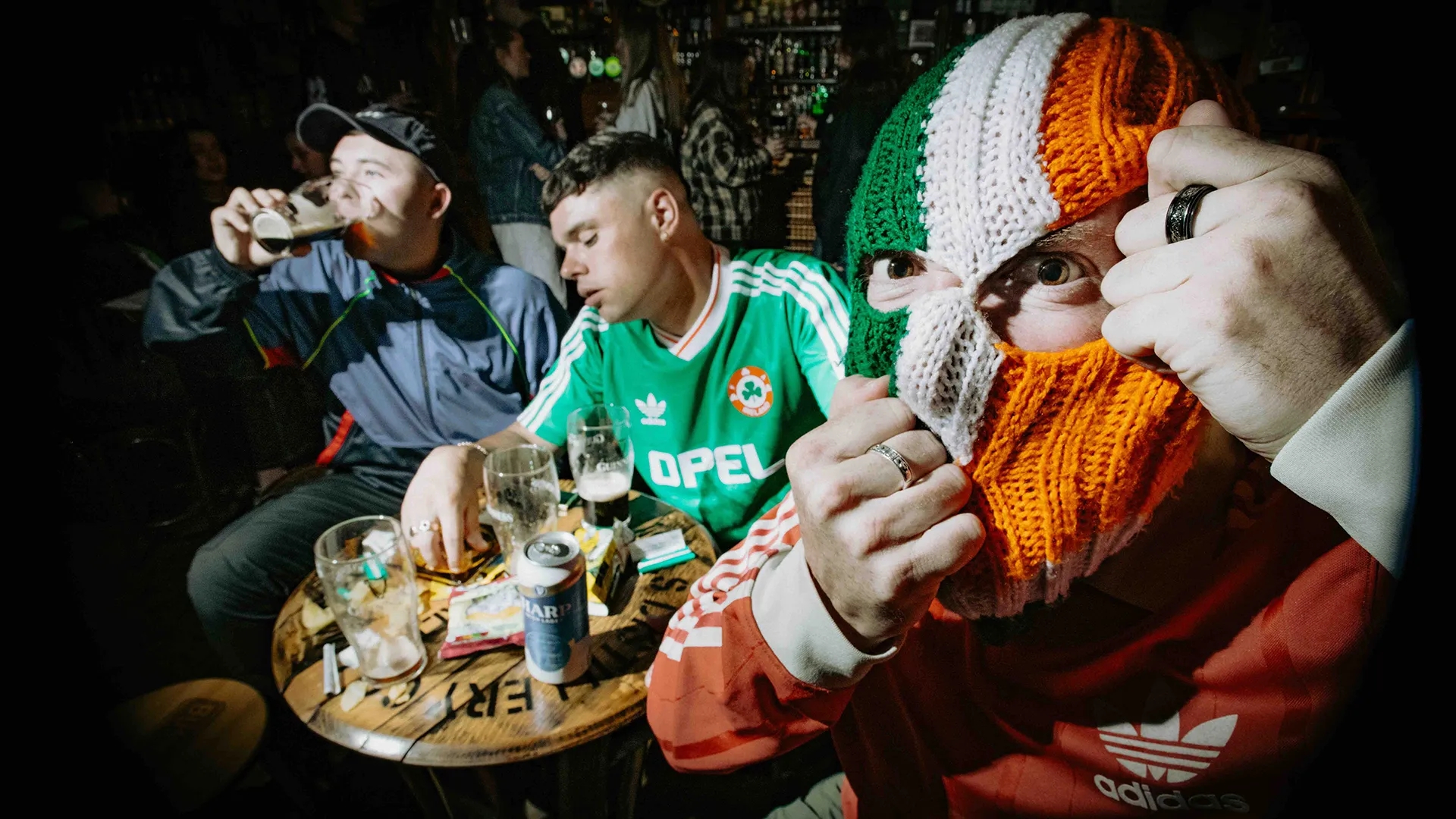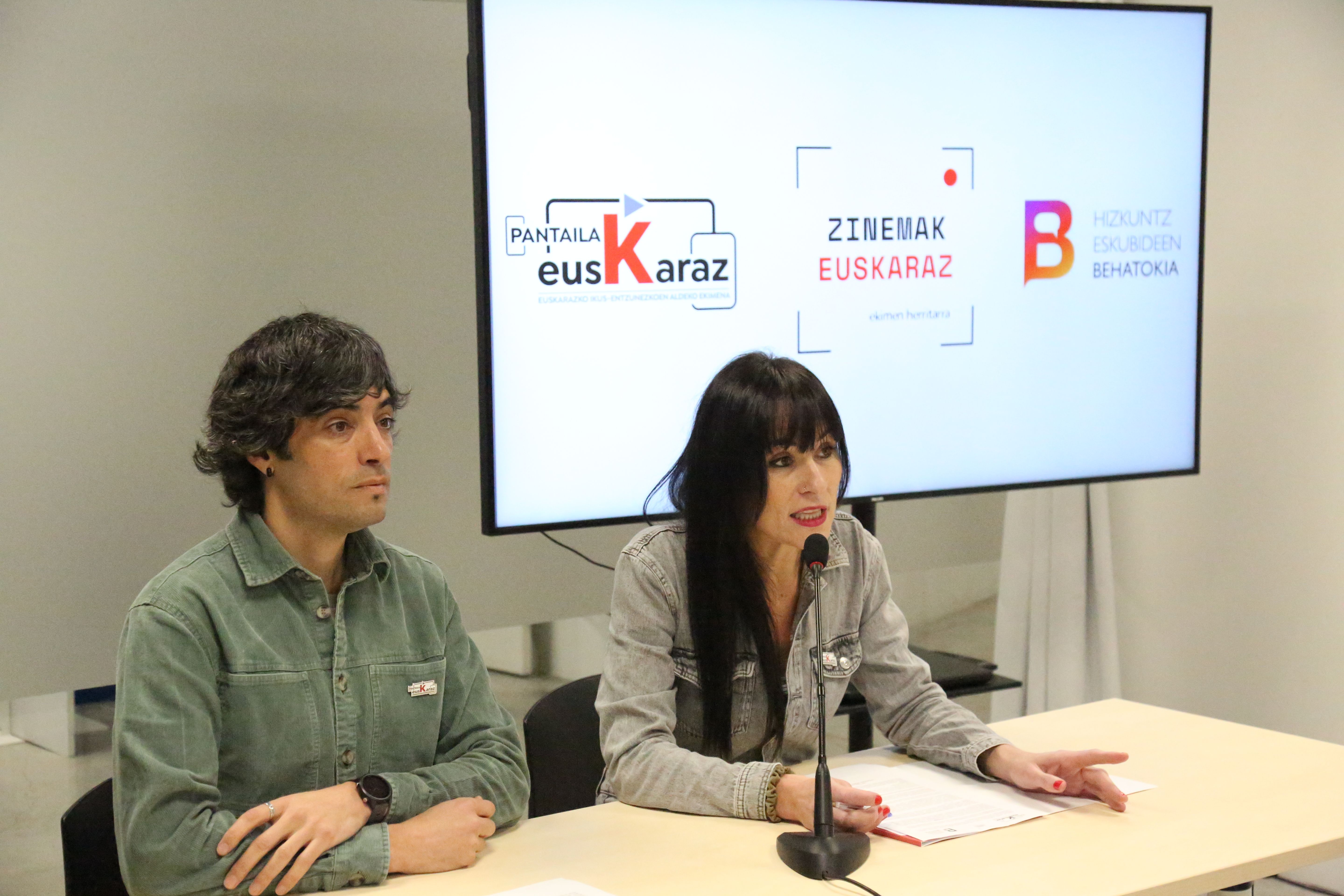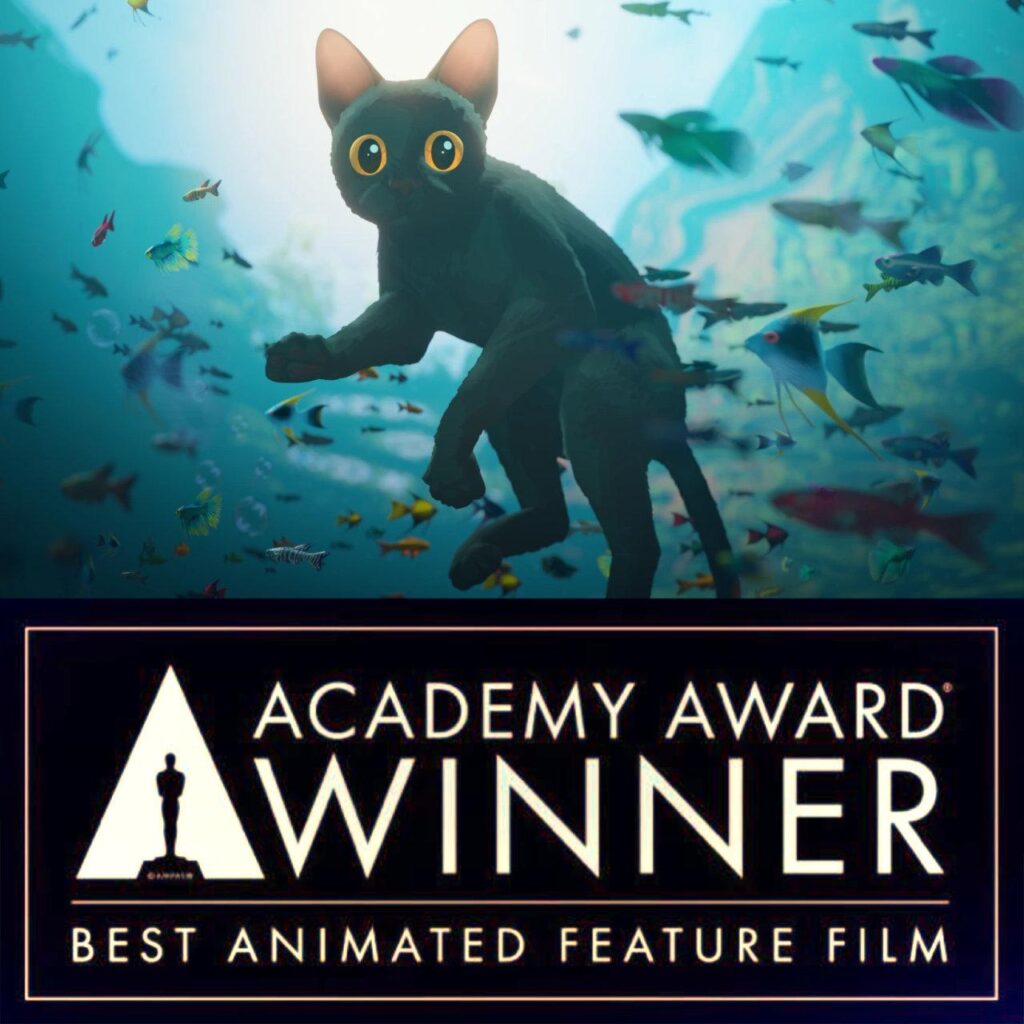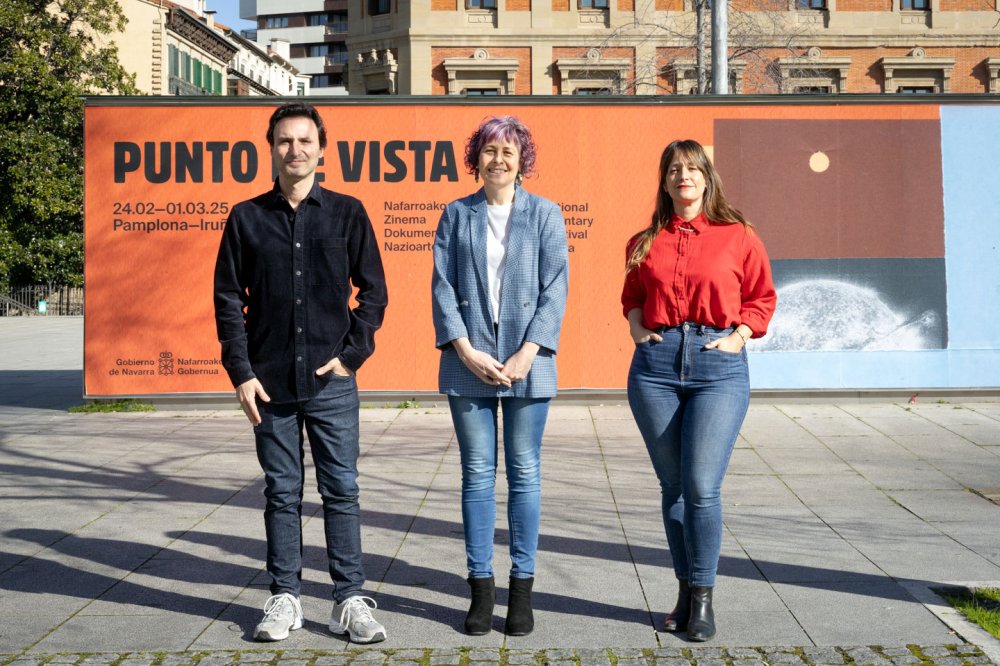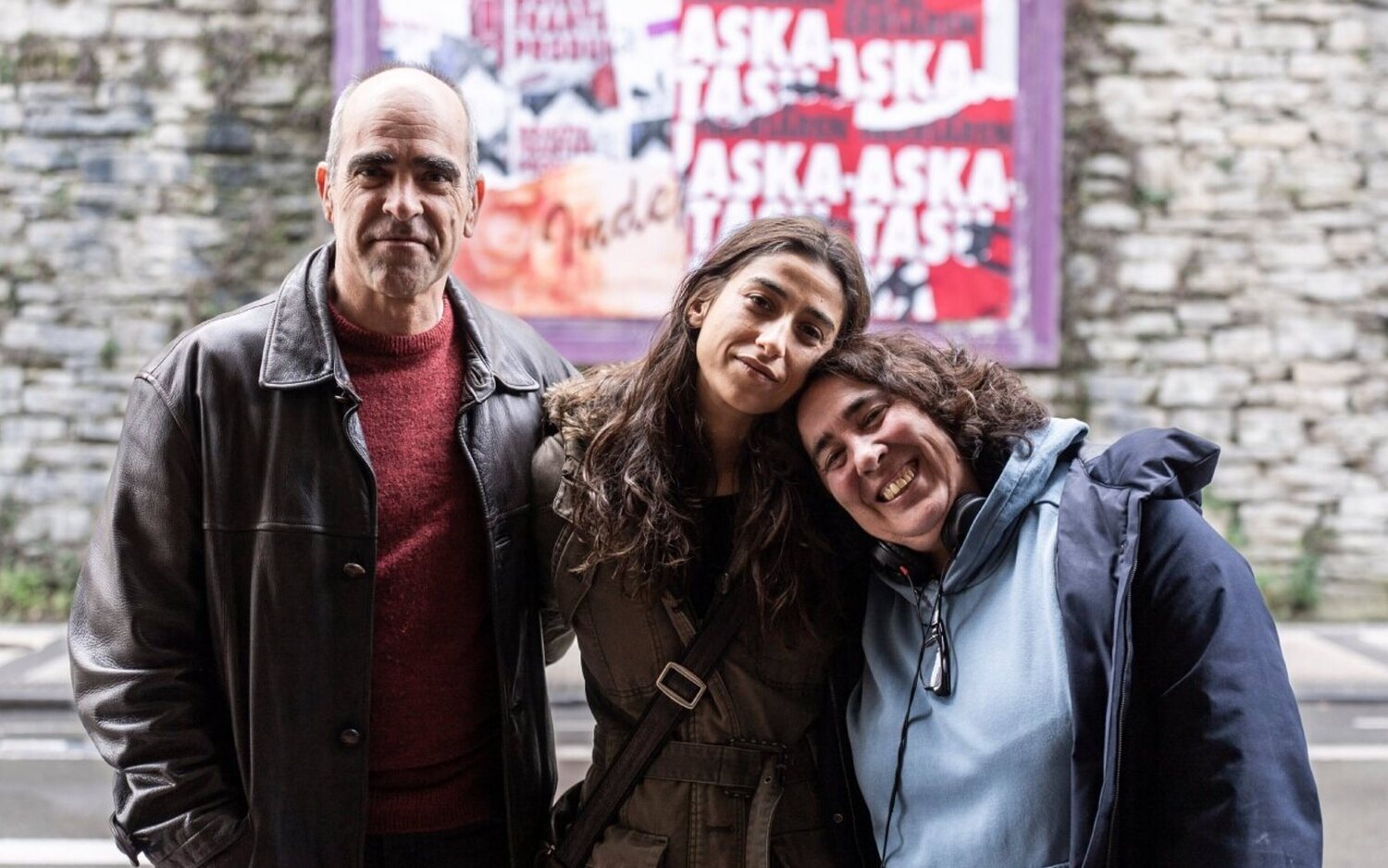What if film was more than a movie?
- When we think about a film school, we often think about live movies. What film do you teach them to do in that film school? What films will the film school students make? What will those films of the future be? How do you teach how to make films? Elias Querejeta Zine Eskola has been running for nine months with her first forty-five students and we are obliged to add another to that list of questions: What if film is more than a movie?

To try to answer this entry question, I would like to propose an exercise of imagination:
1. SEQUENCE:
Inside – A Movie Class – Day
Film director Mikel Gurrea has just arrived at the film school. The technician will help you connect your laptop to the projector in the still empty room. Gradually the students will appear. Someone has a cup of coffee in his hand, as is usually seen in the first hour classes on Monday. In total, there are fifteen students, about twenty or twenty-five years old. Everyone will sit around a big table. It's a team of creative specialization.
Funding models are also cinema: Oliver Laxe received a direct grant of 30,000 euros in 2010 for the first feature feature film. This year receives the jury award in Cannes
Although it is the first time he meets with the Mikel group, a few weeks ago he sent them the material he would like to work with them. No books, no articles, no movies. Mikel sent her students the latest version of the script of her first feature film: Suro (Cork) The filmmaker has been writing and preparing the film Suro for many months. The team and the actors are already closed and if everything goes well, it will roll in the summer of 2020. He has written to four hands the last stage of the script and has been pleased with the latest version of it. For the group of students, the most beautiful exercise has been to share the script with them, so that each student somehow takes the script, putting all that he/she wants upside down. In June, one of the leading actors will go to the film school and each of the Creation students will have to shoot with her a scene based on the Suro script, directing the actor and making all the decisions that the creation of each scene implies. Besides the script, Mikel shared with the group other materials of his work: locations, sessions with actors, references, ideas and sketches.
The students have realized how lucky they have: Mikel invites you to live a creative process. When the movie still doesn't exist, when the movie is still held only in your imagination, when you can still eat doubts over and over again.
2nd SEQUENCE:
Inside – Cinema School Laboratory – Day
Silvia Casagrande and Clara Sánchez-Dehesa are in the laboratory surrounded by tools to work with film material: connectors, light tables, winders, mobiolas, etc. At the center of the big table, opposite them, there are several large oxidized round cans. They both wear gloves. Five students will arrive. They're a little nervous. Happy. They take the gloves from a box and dress them as they speak. It's a special day. Last summer, Navarro filmmaker Javier Odériz led to the film school, if he wishes, some coils of two silent films of 1924 that he had in his personal file. They're very special movies. One, the American Price of the Party, led by Charles Giblyn, which according to the United States Library of Congress is the only copy in the world. The other is Die Vier letzten Sekunden des Quidam Uhl. The director was one of the precursors of German expressionism, Robert Reinert. These are very special films, since 80% of the productions produced at that time have disappeared. They were nitrate films and nitrate is one of the most flammable materials – as you can see in Inglourious Basterds by Quentin Tarantino. So at the center of the big table, these oxidized cans that are in front of them keep a curiosity. A delicate and fragile curiosity that can easily be burned. Today is the first time that these oxidized cans open up.
The five students belong to Archivo Especial and participate in the research project This film is dangerous. During the first months of their stay at film school, they have approached the investigation of these two films in various archives around the world and embarked on historical research on both films. Among other things, you know that there are other coils of the German film at the Munich Film Library and that the film director invented and built a machine for special effects. In addition to these steps, in the Archivo specialty they have learned to analyze, repair and restore the material. Today, at last, they're willing to open up those rust cans and maybe change the history of cinema forever. It's in their own hands, protected by gloves.
.jpg)
3. SEQUENCE:
Interior – Warehouse – Day
In a warehouse full of shelves are the researcher Pablo La Parra and eight students of the film school. Three of the students analyze the photo albums sitting on a table. They just put on the gloves. Another three, each with a copy of the Festival magazine, pass the pages very carefully. The other two are standing in front of a whiteboard. One writes in it the data that the other tells him. "Alice Guy Group! ", one of the students who is reading the magazine will say and the rest will approach it.
Zinemaldia is a group that is developing the research project All possible stories. Almost all of them specialization Commissioner. The material that the Festival has kept for years in a Martutene warehouse is researched so that it can be accessible to the public on the 70th anniversary of the Festival. This first phase of the project has been decided around the first years of the Transition, both because of the importance of the historical moment and for a moment of change in the nature of the Festival.El last fascinating discovery is a
film cycle made by women that was organized in 1978. Films were shown by Mirentxu Loyarte, Chantal Akerman, Agnès Varda or Vêra Chytilová. In addition, a round table was held in which, among other things, it was passionately debated whether the films made by women required a different form or film language.
Alice Guy Taldea! In the Festival magazine, one of the students will find a letter signed by the Alice Guy Group: “The idea of creating a group of women to make films comes from the conviction that women appropriate each expression and media. Our team wants to be a self-awareness of film; we would like to drive out of ourselves; imagination, fantasy, feel and see things in our own way and communicate them through the camera. (...) Our main objective is the realization of a film that allows us to perceive something new, both in the way of working and in speech”.
But who were the members of Alice Guy? The students who are developing the project will have to go out into the street to do interviews and meet with the members of the women's assembly in Donostia who organized the cycle, to dialogue, to delve into what they did. Thus, one can access the voices of the past that today deserve to be claimed through the words found in a magazine stored in a warehouse.
.jpg)
4. SEQUENCE:
Interior – Cannes Theatre – Night
The Cannes Theatre is crowded. The huge screen projects an orange light as this year’s tribute to Agnès Varda poster. The prizes in the Un certain regard section will be given. The five members of the jury are on stage. First prize: for the best interpretation. Chiara Mastroianni by Chambre 212 (Christophe Honoré). A loud applause. Second. Best Director. A loud applause. Third. Special mention of the jury. A loud applause. 4.Place of procurement. Jury Award: Oliver Laxe by O who burns. A loud applause. It is the first Galician film to take part in the history of Cannes. Warm applause.
It seems a contradiction that we end up with a film to answer the question “what if film were more than films?” Or it burns, by Oliver Laxe. The truth is that behind O that burns there are several stories of Galicia. The point is that behind a film is the film culture of an entire territory. In the case of Galicia, for example, a claim to the history of the film clubs that have made possible a contemporary cooperative such as NUMAX. As well as the direct aid to the new creators that Axencia Audiovisual Galega launched in 2005. Oliver Laxe, for example, received a direct grant of 30,000 euros in 2010 with the realization of his first feature film (Todos vós sodes capitáns) and nine years later, changing the history of cinema, he heard and made the Galician see for the first time in Cannes. So, film is much more than a movie. Cinema is also research, writing, reading, measures, debates, conversations, memories and demands. And film, of course, is also movies.
No other land dokumentalaren zuzendari Hamdan Ballal kolono sionistek jipoitu zuten astelehenean bere herrian, beste hainbat palestinarrekin batera, eta Israelgo militarrek eraman zuten atxilo ondoren. Astarte goizean askatu dute.
Donostiako Tabakaleran, beste urte batez, hitza eta irudia elkar nahasi eta lotu dituzte Zinea eta literatura jardunaldietan. Aurten, Chantal Akerman zinegile belgikarraren obra izan dute aztergai; haren film bana hautatu eta aztertu dute Itxaro Bordak, Karmele Jaiok eta Danele... [+]
35 film aurkeztu dira lehiaketara eta zortzi aukeratu dituzte ikusgai egoteko Euskal Herriko 51 udalerritan. Euskarazko lanak egiten dituzten sortzaileak eta haiek ekoitzitako film laburrak ezagutaraztea da helburua. Taupa mugimenduak antolatzen du ekimena.
Pantailak Euskarazek eta Hizkuntz Eskubideen Behatokiak aurkeztu dituzte datu "kezkagarriak". Euskaraz eskaini diren estreinaldi kopurua ez dela %1,6ra iritsi ondorioztatu dute. Erakunde publikoei eskatu diete "herritar guztien hizkuntza eskubideak" zinemetan ere... [+]
Geroz eta ekoizpen gehiagok baliatzen dituzte teknologia berriak, izan plano orokor eta jendetsuak figurante bidez egitea aurrezteko, izan efektu bereziak are azkarrago egiteko. Azken urtean, dena den, Euskal Herriko zine-aretoak gehien bete dituztenetako bi pelikulek adimen... [+]
Otsailaren 24tik eta martxoaren 1era bitartean, astebetez 60 lan proiektatuko dituzte Punto de Vista zinema dokumentalaren jaialdian. Hamar film luze eta zazpi labur lehiatuko dira Sail Ofizialean; tartean mundu mailako lau estreinaldi eta Maddi Barber eta Marina Lameiro... [+]
A conference for architects has just been held in Madrid to discuss the crisis of the professional architect. They have distinguished the traditional and contemporary way of being an architect. What is traditional? From the epic architect who appears in The Brutalist, where... [+]
Itoiz, udako sesioak filma estreinatu dute zinema aretoetan. Juan Carlos Perez taldekidearen hitz eta doinuak biltzen ditu Larraitz Zuazo, Zuri Goikoetxea eta Ainhoa Andrakaren filmak. Haiekin mintzatu gara Metropoli Foralean.









